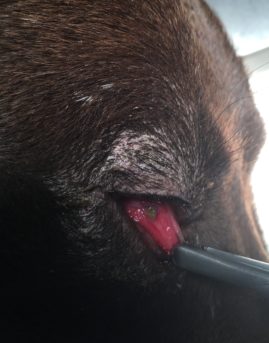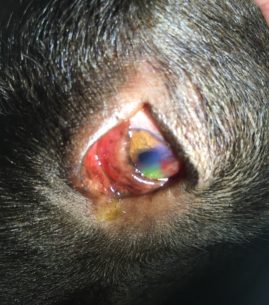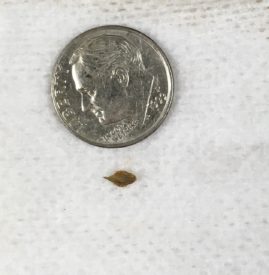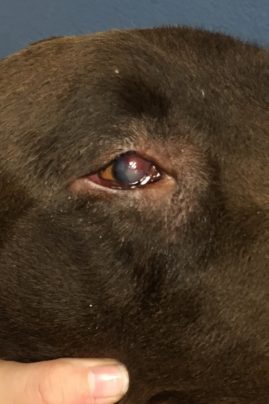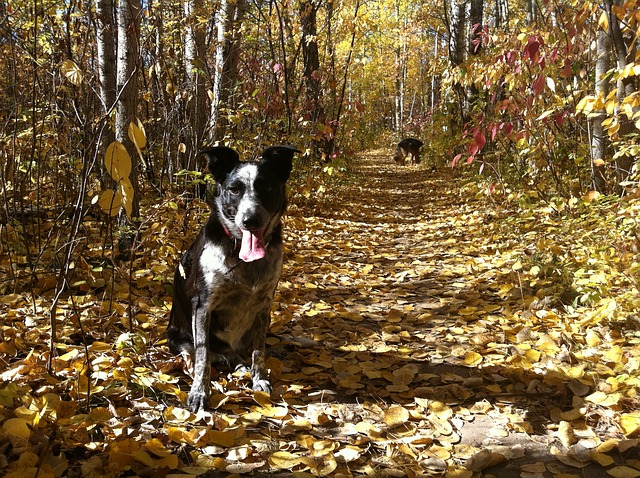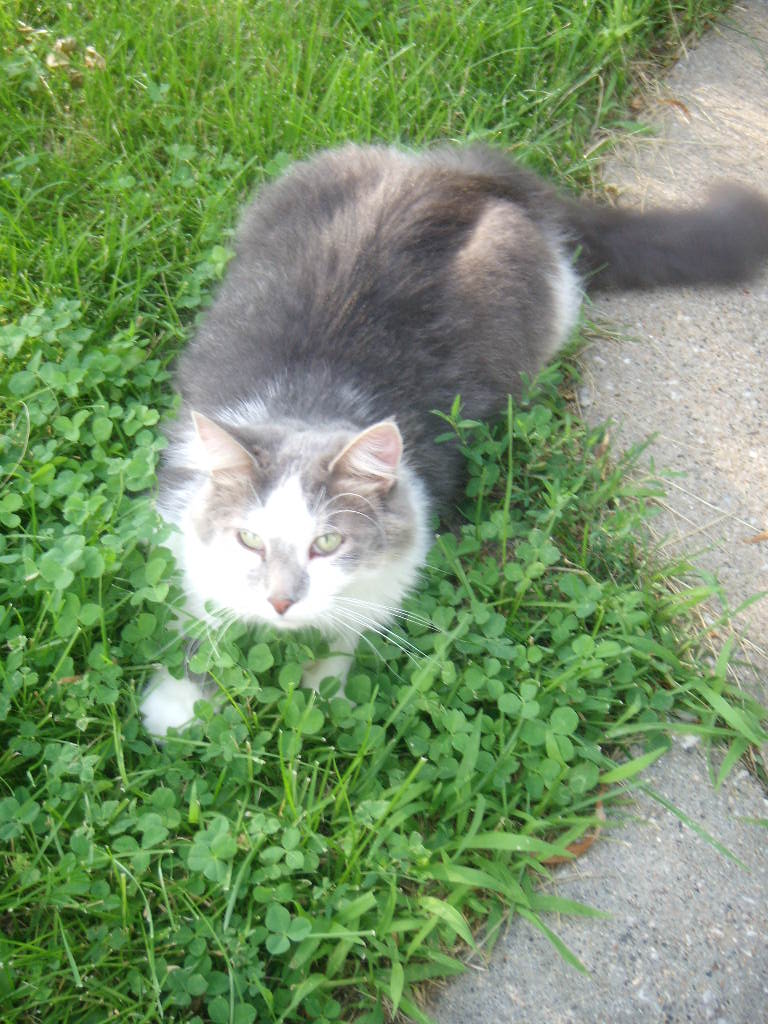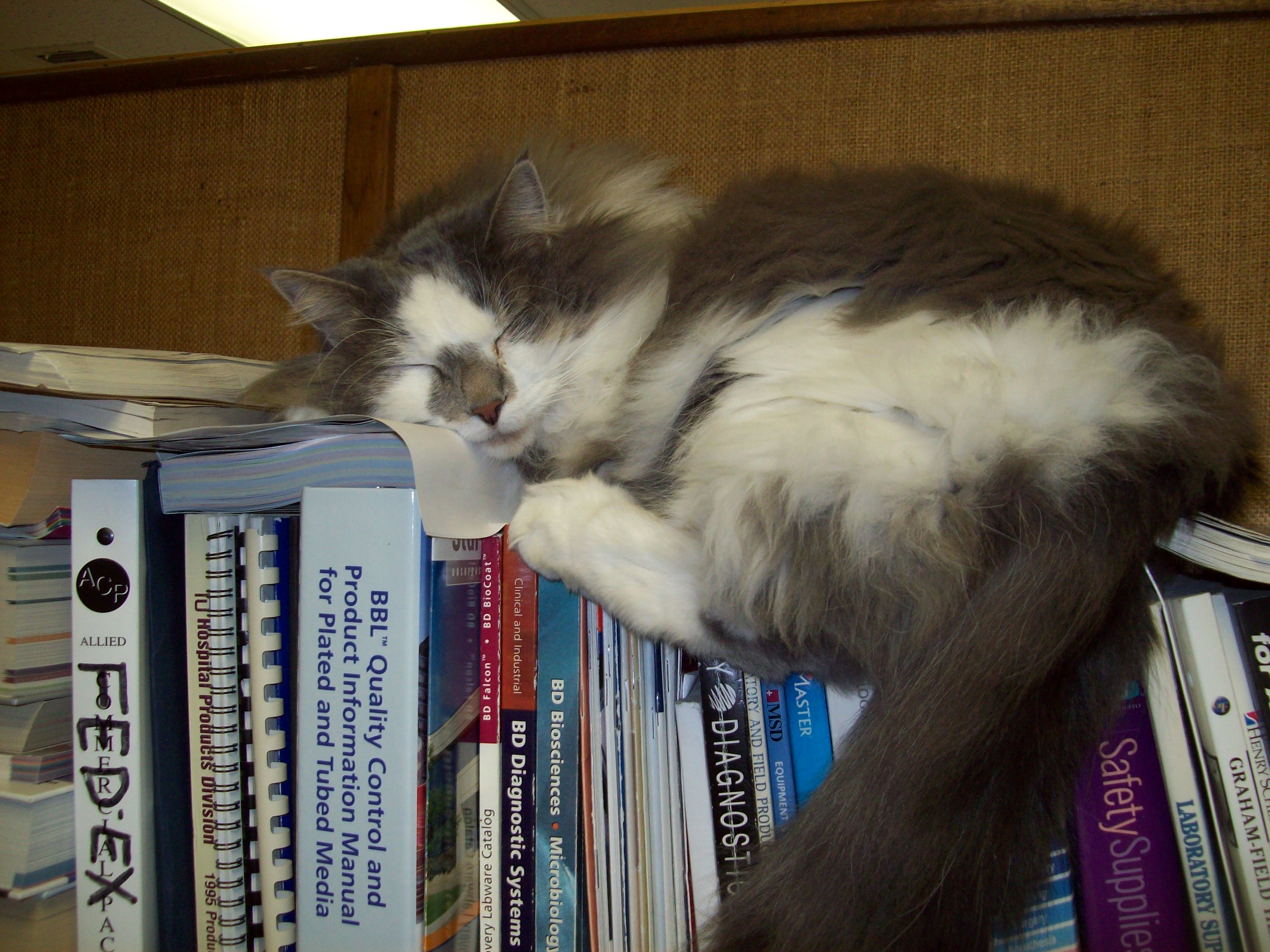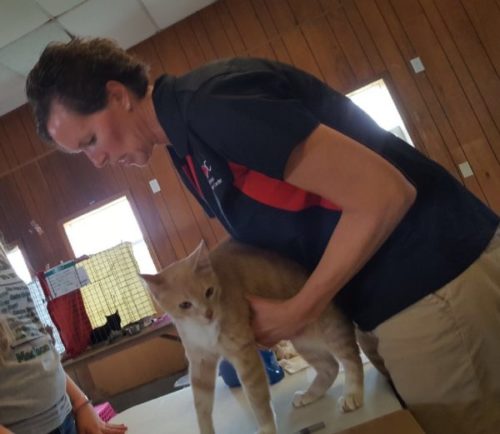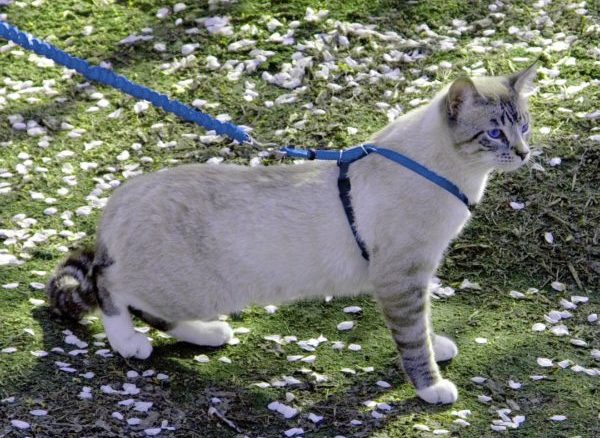Fall Concerns for our Friendly Canines
As the weather changes we start to think about football and tailgates, bonfires and s’mores, but we also need to remember with the changes in weather our dogs may need a little extra attention too.
 During the fall many families like to spend extra time walking in the woods always excited that the flying insects are diminishing. Yet the creepy crawling ticks are still present and need to be planned for. The deer tick have an active cycle in the fall. As you are crunching through those piles of leaves be aware of what is “questing” for its host. We have great flea and tick products for our dogs that should be used until we have snow on the ground. Scientists have shown that ticks will continue to “quest” for a host even at freezing temperatures. I have removed deer ticks on dogs close to Christmas since there was no snow on the ground. We have no protection against these ticks for ourselves so it is crucial that you keep them out of your environment and off your pets.
During the fall many families like to spend extra time walking in the woods always excited that the flying insects are diminishing. Yet the creepy crawling ticks are still present and need to be planned for. The deer tick have an active cycle in the fall. As you are crunching through those piles of leaves be aware of what is “questing” for its host. We have great flea and tick products for our dogs that should be used until we have snow on the ground. Scientists have shown that ticks will continue to “quest” for a host even at freezing temperatures. I have removed deer ticks on dogs close to Christmas since there was no snow on the ground. We have no protection against these ticks for ourselves so it is crucial that you keep them out of your environment and off your pets.
Hunting dogs and dogs that get the opportunity to run through the tall grasses do have to be concerned about ticks but also about eye foreign bodies. Dogs and cats both have a 3rd eyelid that helps protect the eye. This elevated eyelid can easily get grass seeds or stickers underneath it. This can cause severe squinting, drainage, redness, and if left unattended corneal ulcers. These photos show the foxtail seed under the 3rd eyelid prior to removal with the corneal ulcer it created. The green stain indicates how much damage has been done to the cornea. Once removed, the ulcer can heal but it is important to have the eye checked quickly to reduce scarring.
As we start to pack away all the boats and campers for storage over the winter, never forget how dangerous our rat poisons are for our dogs. Since they are a grain base the dogs find them extremely palatable. All baits are harmful so do not be fooled by the labels. The new products are actually more deadly than D-con. With D-con at least we could do a lab test and quickly discover the dogs needed Vitamin K to help the clotting factors. The newest poisons cause edema (fluid leaking) within the spaces of the brain and severe seizures are seen. We have very little ability to control the symptoms and therefore many pets have died. Please make these baits unaccessible to animals. Please seek immediate help if you have an animal that has consumed these baits. The symptoms do not occur immediately. The poisons have a delayed response but the response is dangerous and deadly so get help quickly.
Antifreeze seems to be another source of poison during the fall that can harm pets. Companies are starting to use the less desirable products that are not sweet and tasteful to the pets. This has reduced our poisoning cases caused by antifreeze. It is important to get help quickly with this exposure since once in the pets body we can see damage to the kidneys within 4 hours.
When purchasing ice melt look for the products that are not harmful to the pets feet. When pets are outside, these ice melt products stick to their paws and fur. We need to make certain the ice melt will not hurt their pads or their mouth or gut if they lick their pads.
Remember the cooler temperatures and shorter days make exercise more challenging so you must consider dietary adjustments to prevent weight gain during the fall and winter. Many pets gain weight during these cooler shorter days and they never seem to get back to their optimum weight. I am excited to report the poles for the Winterset Dog Park fence went up this week. This will be a great addition to our community when completed. Having a facility where your dog can be set free to explore and play will greatly help our pets maintain an active and healthy lifestyle. Happy Fall!
